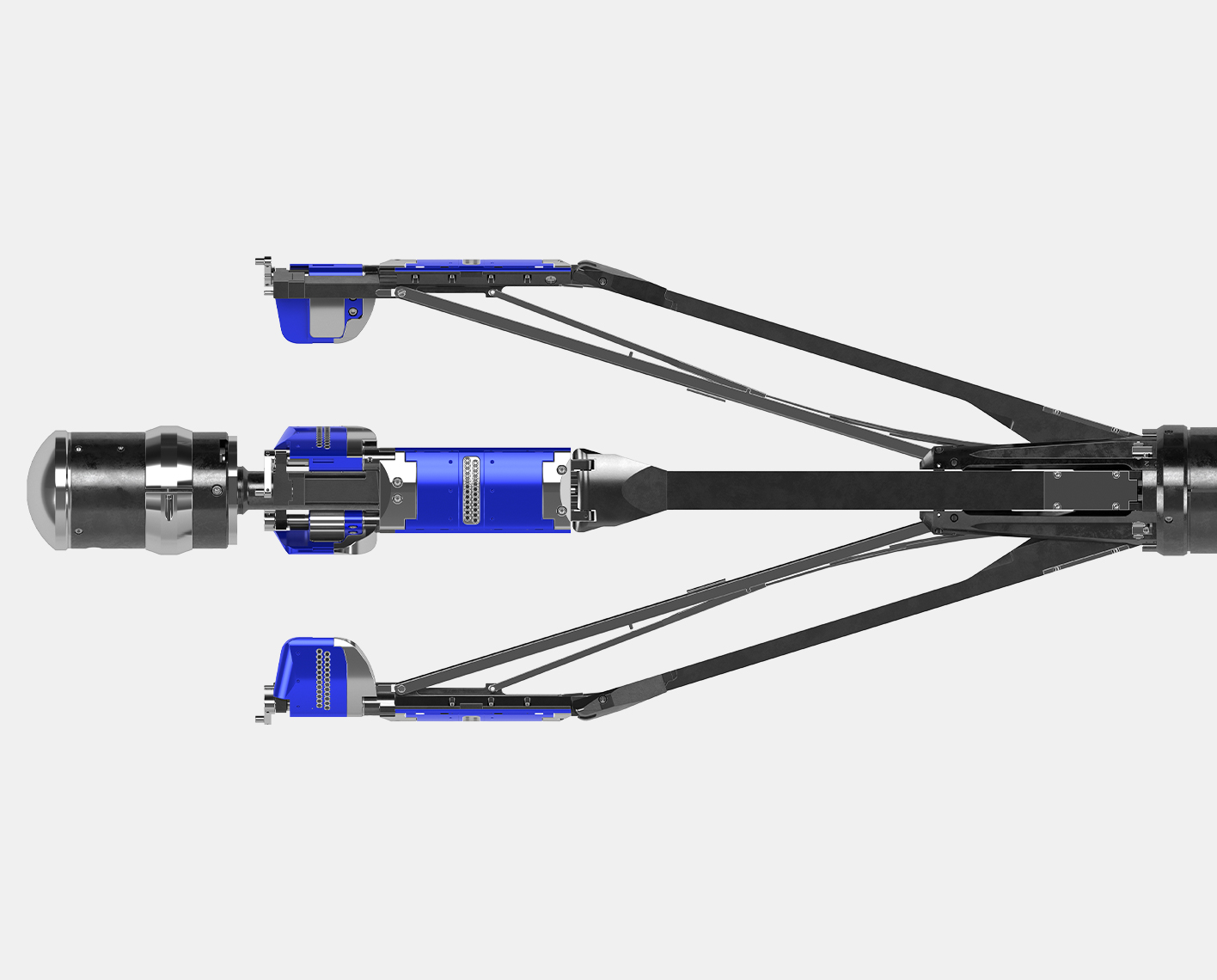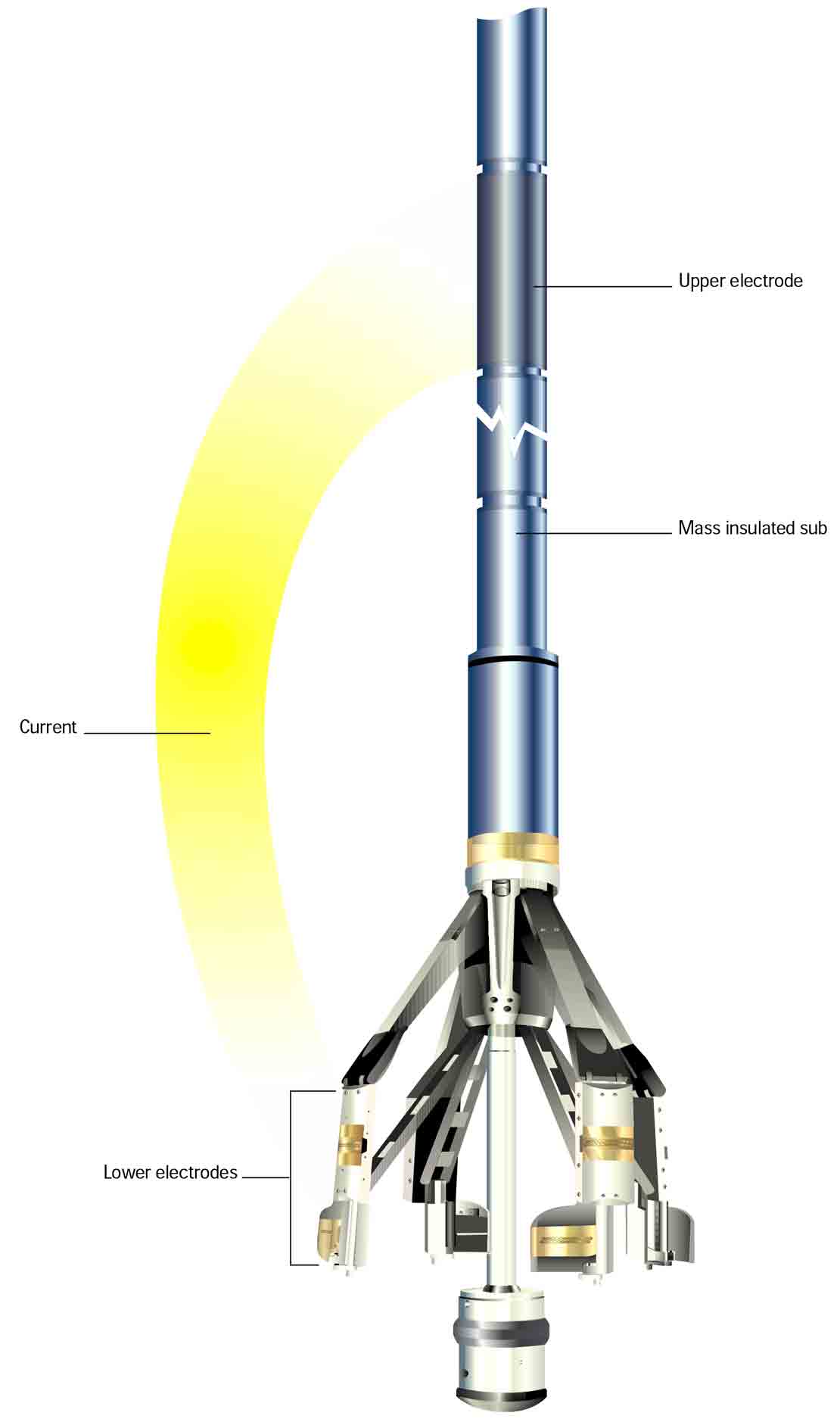OnWave
Autonomous logging platform
Ultraefficient, low-risk formation evaluation deployed without wireline.

The FMI fullbore formation microimager provides real-time microresistivity formation images and dip data in water-based mud (WBM).
With 80% borehole coverage in 8-in boreholes and 0.2-in image resolution in the vertical and azimuthal directions, imaging with the FMI microimager is the preferred approach for determining net pay in laminated sediments of fluvial and turbidite depositional environments.



Knowledge of sedimentary features is important for determining reservoir geometry and petrophysical reservoir parameters. Image details can be discerned down to 50 um and complement coring and sampling data, especially for describing intervals that were not cored.
Interpretation that combines images and derived sedimentary dip data from the FMI microimager gives you greater insight into structures—both natural and drilling induced—that are present in your reservoir.
The FMI microimager generates an electrical image of the borehole from 192 microresistivity measurements. Focusing circuitry forces the measuring currents into the formation, where they produce both low-frequency signals rich with petrophysical and lithological information and a high-resolution component that provides the microresistivity data used for imaging and dip interpretation.
The spacing of the button electrodes, innovative pad and flap design, and high-frequency data transmission provide a vertical and azimuthal resolution of 0.2 in. This means that the dimensions of any feature that is 0.2 in or larger can be readily estimated from the image. The size of features smaller than 0.2 in can be estimated by quantifying the electrode current flow.

Real-time borehole images of the formation and dip data with 0.2-in image resolution make microresistivity-based measurements by the FMI fullbore formation microimager the preferred approach to visualizing sedimentary features and determining dip in WBM.
Beyond the wellsite answers listed for basic structural and sedimentary understanding, integrated interpretation employs advanced workflows, the multidisciplinary expertise of our interpretation geoscientists and engineers working with you as needed, and the application of software to maximize the value of your logging data. The result is the fullest possible understanding of structural and stratigraphic features, including complex faults, folds, porosity distributions, and net sand counts.
